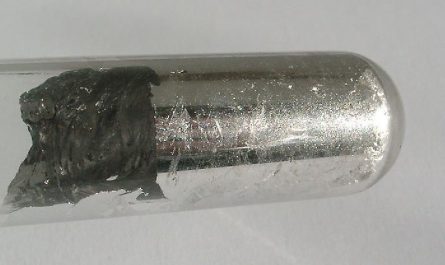These specialized coatings allow packages to be sealed through the application of heat, pressure and cooling. With increasing focus on safety, shelf life and sustainability, heat seal coatings are continuously evolving to meet various regulatory standards and consumer demands. This article discusses the technical aspects and importance of heat seal coatings across different industries.
Types of Heat Seal Coatings
There are mainly three types of heat seal coatings used in the packaging industry:
Low Density Polyethylene (LDPE) – LDPE is the most commonly used heat seal material due to its wide sealing temperature window and low cost. It is used for sealing packages containing non-greasy food items as well as various pharmaceutical products. However, LDPE sealed packages may not be optimum for long term storage or highly regulated products.
Ethylene Vinyl Acetate (EVA) – EVA possesses superior clarity, ultimate seal strength and low sealing temperature compared to LDPE. It is extensively used for packaging moisture sensitive products like snacks, coffee etc. EVA mixtures containing higher vinyl acetate content provide better moisture and gas barrier.
Polyethylene Terephthalate (PET) – PET is mainly used as a heat seal layer in packaging laminate and retort pouches. It imparts high strength as well as excellent moisture and gas barrier. PET seals are suitable for applications involving autoclaving or long shelf life under varying temperature conditions.
Factors Affecting Seal Performance
The effectiveness of a heat seal is dependent on various factors related to coating composition and sealing process parameters:
Coating Composition – Adding components like vinyl, acrylic or ionomer improves heat sealability, lowers sealing temperature and enhances mechanical strength. The balance of components affects seal strength and integrity.
Thickness – Optimum coating weight ranging between 10-50 gauge ensures consistent sealing without breakage of peelable seals.
Surface Energy – Polymers with higher surface energy like EVA form stronger intermolecular bonds providing superior seal strength than other materials.
Temperature – Precise temperature control within the recommended range of 100-250°C leads to consistent seal formation without damage to package or contents.
Pressure – Adequate continuous pressure of at least 1.5 pounds per linear inch while heat is applied enables close contact for stronger thermal bonding.
Dwell Time – Maintaining the sealed interface at sealing temperature for 1-3 seconds allows polymer chains to fully diffuse and entangle across the interface.
Applications in Food Packaging
The food packaging industry relies heavily on Heat Seal Coating formats and thermal coatings to preserve freshness, increase shelf life and provide tamper evidence for packed food items. Some common applications include:
– Stand up pouches – Multilayer films coated with EVA or PET based polymers are ideal for snack foods, dry fruits etc. allowing shelf storage and easy dispensing.
– Retort pouches – PET based coatings withstand autoclaving temperatures upto 135°C, allowing preparation of shelf stable meals without refrigeration.
– Form-fill-seal bags – Continuous packaging lines use LDPE and EVA as inner sealants to offer a diverse product portfolio with an extended best before date.
– Flow wrap packaging – Products like meat, cheese etc. are wrapped in heat sealed laminates or monolayers at high speeds to maintain freshness for weeks in retail shelves and homes.
Quality Assurance and Regulations
Manufacturers perform stringent quality checks on heat seal coatings to comply with global food safety regulations. Tests are conducted to check seal strength, resistance to humidity, oils and temperatures exceeding 100°C. Additionally, coatings are analyzed to verify absence of heavy metals and migration of coating components is monitored as per specific FDA and EU regulations. These measures ensure packaged food items meet statutory requirements and don’t cause any harm if ingested.
Eco Friendly Developments
With sustainability gaining precedence, R&D efforts are ongoing to develop biodegradable, compostable as well as recyclable heat seal materials. Natural polymers such as polyvinyl alcohol and polylactic acid are being optimized for heat sealing applications. Microporous sealing technology has enabled downgauging of materials further improving recyclability. Adoption of renewable electricity in manufacturing and carbon footprint reduction are additional steps taken to make heat seal packaging more eco responsible.
heat seal coatings will continue playing a pivotal role in protecting consumer products and guaranteeing safety through sophisticated sealing mechanisms. Advances in material science, processing technology and strict quality norms are expanding applications while meeting evolving sustainability goals. With a wide choice of tailor made sealants available, the packaging sector can effectively address diverse market needs through innovative packaging formats and extended shelf life solutions.
Note:
1. Source: Coherent Market Insights, Public sources, Desk research
2. We have leveraged AI tools to mine information and compile it



